
views
X
Trustworthy Source
PubMed Central
Journal archive from the U.S. National Institutes of Health
Go to source
Those with AVPD will be impacted very heavily by their patterns, as they are pervasive and uncontrollable. Recognising the signs of AVPD is the first step towards overcoming the disorder.
Recognising AVPD in yourself
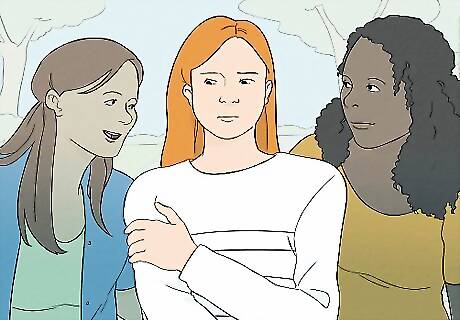
Notice an intense fear of criticism or rejection. Do you avoid situations you may be judged or criticised? Avoiding social, interpersonal, and occupational activities that you may feel criticised or judged during is a textbook sign of avoidant personality disorder.
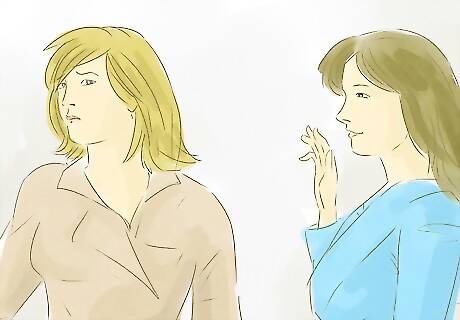
Identify extreme shyness due to feelings of inadequacy. Do you experience anxiety or discomfort in social situations, even among friends? Starting conversations or meeting new individuals can seem daunting for those with AVPD. Is this shyness due to the intense and rigid belief that you are inadequate, not just because of your fear of rejection?
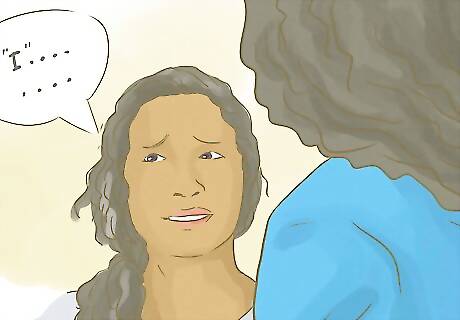
See if you have low self-esteem. Do you often feel socially inadequate or inferior to others? Those with AVPD have intensely low self-esteem. This can lead to many issues, including the belief of being inferior and unappealing to others.

Look for avoidance of activities. Do you avoid activities or social interactions that demand personal involvement, particularly in new environments? This might involve declining invitations or feeling reluctant to join group projects. Are you reluctant to take risks, for fear of embarrassment? Do you avoid situations where you could "fail"?

Establish if you have a desire for connection but a fear of vulnerability. AVPD, at its core, is characterised by the extreme fear of true vulnerability whilst still yearning for real connections. Do you crave close relationships but hold back due to fear of rejection? You may be experiencing this symptom.
Recognising AVPD in others

Look for a reluctance to engage socially. Individuals with AVPD often avoid social situations. This may be out of discomfort, or fear of judgement. You can notice this by observing how much they interact in new situations and how comfortable they act in social situations.
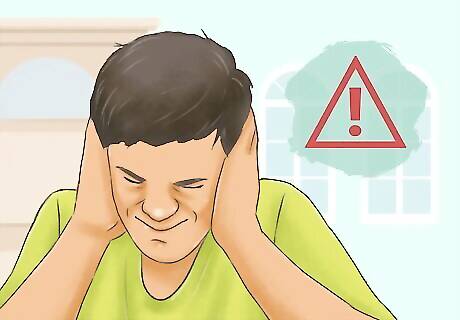
Check for sensitivity to criticism. Those suffering from an avoidant personality disorder, are typically intensely scared of criticism, with it often making them withdraw more socially than they already had. They will avoid it at all costs, so noticing this symptom is key to spotting an individual with avoidant personality disorder.

See if they're shy or socially inhibited. People with an avoidant personality disorder will typically appear very shy. Does the individual appear hesitant to engage in conversations? Frequent avoidance of eye contact or speaking only when necessary is also typical.

Identify persistent self-doubt. Do they express feelings of inadequacy or believe they are socially inept? Those with AVPD have extreme inadequacy complexes. They will frequently doubt their opinions or behaviours, often to an unreasonable extent.

Recognise isolation with a desire for connection. Notice if the individual spends most of their time on their own. Do they seem lonely, but still avoid forming any close relationships? This is a typical avoidant personality disorder symptom and may be life-ruining for the individual.
Differentiating AVPD from an avoidant attachment style
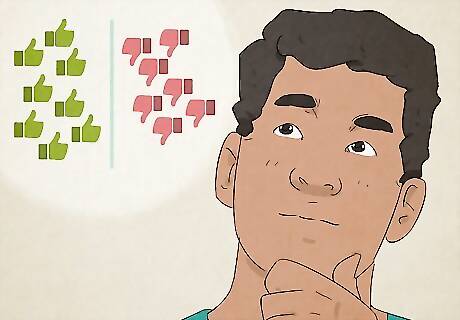
Identify the core focus. AVPD stems from feelings of inferiority and fear of being criticised. People with an avoidant personality disorder feel a distance from everyone. These fears are what typically differentiate the two. AVPD: A fear of criticism and feelings of inferiority. Avoidant attachment: A hyperindepenance. Needs autonomy and to be self-reliant.

Notice the severity. Personality disorders are pervasive and describe how you operate in the world. Attachment styles are also hard to change, however, attachment styles are more circumstantial. AVPD: Impacts multiple areas of life, including work, friendships, and daily interactions, with significant emotional distress. Avoidant attachment: Mainly affects intimate relationships or close bonds without the wider social withdrawal seen in AVPD.

Take self-perception into account. Those with an avoidant attachment don't see themselves as inadequate, necessarily. The desire for autonomy generally causes the distancing instead of the inferiority complex typical in AVPD. AVPD: Individuals often have a deeply ingrained sense of inadequacy and inferiority. Avoidant attachment: Individuals often have a deep need for autonomy, and distance themselves based on the discomfort that being in a close relationship causes.
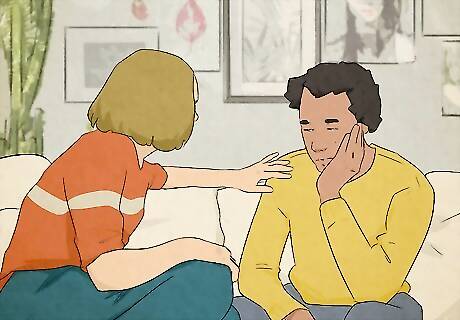
Look at the response to relationships. Avoidant attachment mainly affects intimate relationships. Avoidant personality disorder, however, applies to all walks of life. AVPD: Avoidance of almost all relationships, including friendships, family and work relationships. Avoidant attachment: May actively avoid or dismiss intimacy, often rationalising the behaviour.
Distinguishing AVPD from other disorders
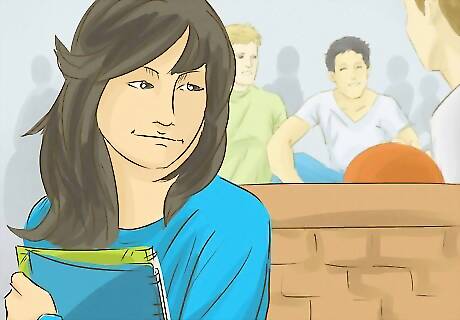
Compare the symptoms to autism. Autism has a lot of similarities and overlaps with AVPD, so you may be confused about how to tell the difference. Here are the differences in AVPD compared to autism spectrum disorder: Autism: Sensory issues Special interests Difficulty reading social cues Social stress is over miscommunications Often has less desire to engage socially AVPD: Social stress is over needing to be liked by everyone Wants to engage socially but finds it difficult

Contrast AVPD with social anxiety. Social anxiety and avoidant personality disorder have a lot of overlap and can co-occur, so it's quite difficult to tell them apart. If you have both, however, your social anxiety symptoms will typically be more severe. Social anxiety disorder: Social situations provoke anxiety, which is what drives the avoidance and can fluctuate Fear is recognised as excessive Avoidance of social situations due to anxiety AVPD: Social situations provoke feelings of inadequacy Behaviours are rigid and don't change based on levels of anxiety Avoidance of social situations due to a fear of being criticised or embarrassed
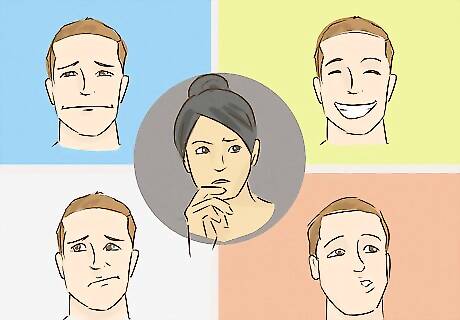
See the similarities between other personality disorders. Other personality disorders highly associated with avoidant, include: dependant, paranoid, schizoid and schizotypal. These may co-occur with AVPD, and if you think you may fit the criteria for any of these, you should seek professional support. Dependant personality disorder. A personality disorder characterised by an excessive and pervasive need to be cared for by others. Paranoid personality disorder. A personality disorder marked by an excessive distrust or suspicion of others. Schizoid personality disorder: A condition where an individual shows little to no interest in developing relationships with others. Also shows a lack of emotional expression. Schizotypal personality disorder: A personality disorder in which the individual is often described as odd or eccentric, and has few close relationships in their life.
Seek professional support

Get referred to a mental health professional. Go to your GP and explain your situation. You'll need to see a mental health professional trained in personality disorders to identify whether or not you truly have AVPD; you cannot self-diagnose personality disorders. They are far too complex, and there are too many variables.

Ask about your diagnosis. Bring up your concerns with your psychologist or therapist, maybe with a list of symptoms you experience. Having prepared information ready for them makes it easier for them to see your symptoms, and whether they want to test you for this disorder, or a different one entirely. Listen to your professional, remembering they are trained in this area. While you should listen to your professional, you also know yourself best, so don't hesitate to be open about it if you disagree with a diagnosis.

Make a plan for ongoing therapy. Typically, personality disorders are treated using CBT (cognitive behavioural therapy), a form of talk therapy that works on changing your behaviours and reactions to stimuli. Work with your professional on creating a plan tailored to your needs and goals.










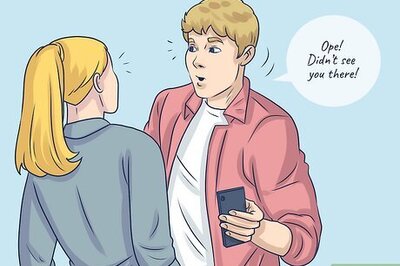









Comments
0 comment